Truth matters. Community matters. Your support makes both possible. LAist is one of the few places where news remains independent and free from political and corporate influence. Stand up for truth and for LAist. Make your year-end tax-deductible gift now.
These volunteers are working to clear the ocean of an underwater menace

On a recent and very foggy morning, I met the small team of Ghost Diving USA at the 22nd Street landing in San Pedro.
They’re the local chapter of a global mission to clean up ghost nets — abandoned, lost or discarded fishing nets floating through the ocean. The nets often kill marine life that gets caught up in them.
Over five days, the team of volunteer scuba divers pulled up more than 2,000 pounds of fishing net tangled up on a shipwreck just a few miles off the coast of San Pedro.
“ What it was we pulled up are the drag nets that commercial fishermen use, so there were all these weighted balls and things that are attached to it, which added so much weight to the actual net itself as well," said Angie Biggs, a volunteer whose role was to keep everything running smoothly on the ship during this particular mission.
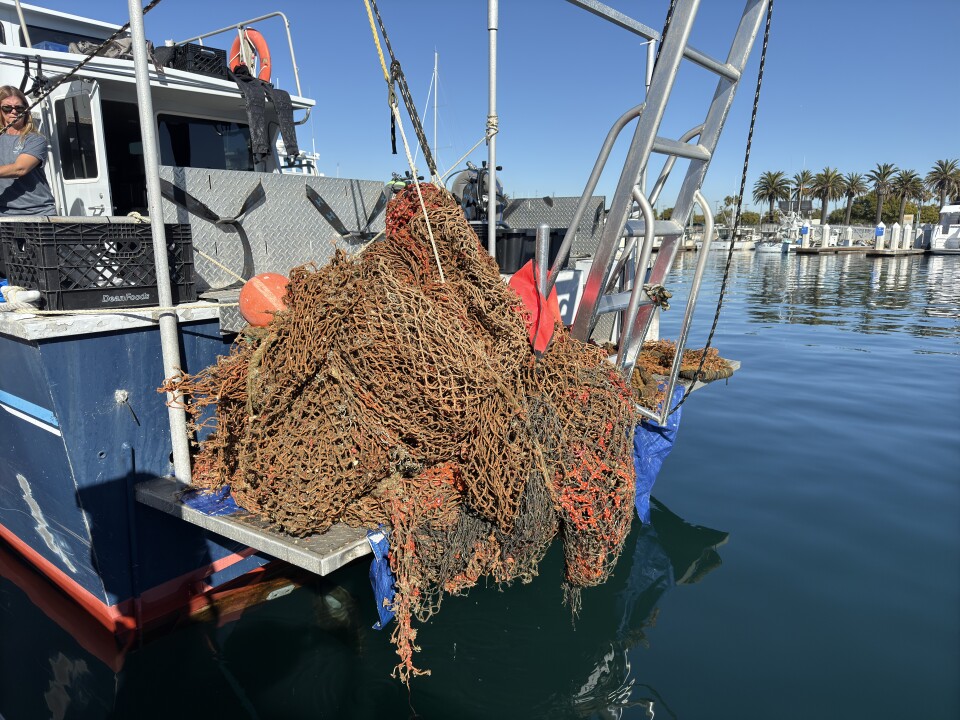
The wreck is a huge World War I German submarine called the UB-88. The u-boat was paraded from the East Coast to the west as part of a victory tour after the war. Its final stop was in San Pedro Bay, where it was purposely sunk in 1921.
Since then, it’s collected thousands of pounds of fishing nets that have drifted across the sandy ocean floor.
"This could keep us busy for quite some time,” Biggs said.
Ghost nets hurt marine life
Inside the cabin of the dive boat, Jim Babor, president of Ghost Diving USA, shows me a mini 3D-printed model of the submarine. Babor is a musician for the LA Philharmonic for work, but is also a scuba diving enthusiast trained in technical diving.
“It is completely unrelated to being a classical musician, but I think that's one of the reasons I love it,” Babor said of diving.
On the model, there’s a plume over the torpedo tube — what was the biggest tangle of ghost net caught on the u-boat.
“All of this above the torpedo tube is gone,” Babor said.
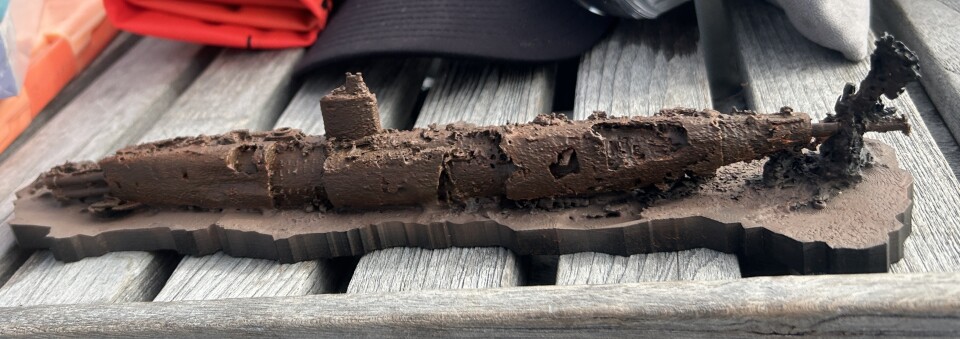
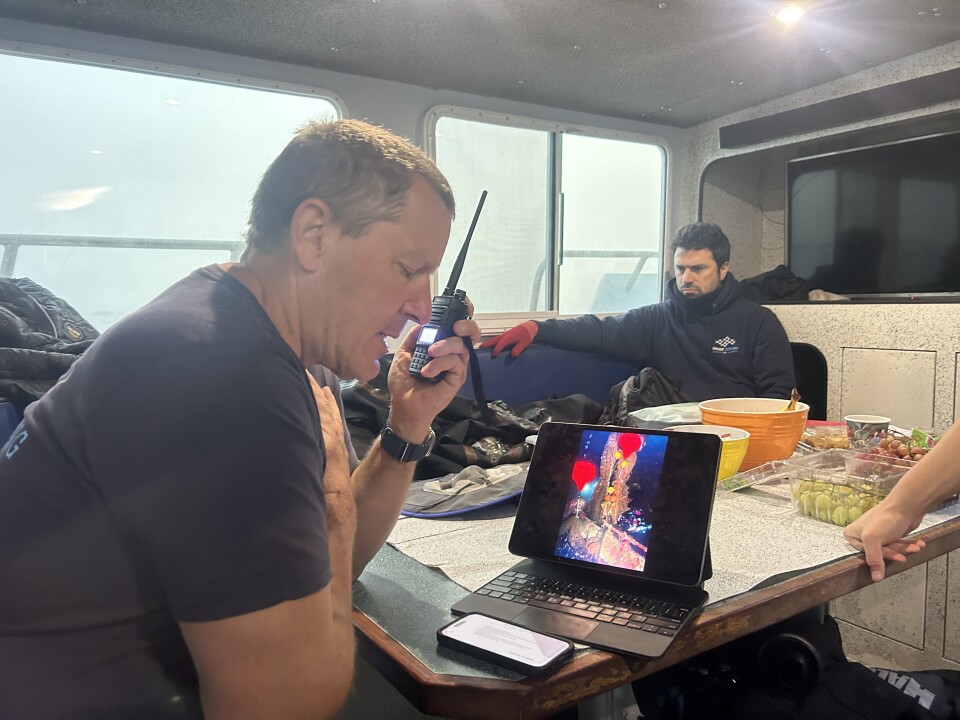
On this December day, three days into this round of cleanup, they will begin to cut pieces of net under the torpedo tube and attach inflatable bags to it, so it’s ready to bring up the next day. The goal is to protect marine life, while also preserving a piece of history.
“The problem with the net is, it creates this thing that we call the circle of death,” Babor said.
Report lost fishing gear
If you're a fisherman, diver, or any other kind of ocean person, you can report if you find lost fishing gear at sea. Then it can be retrieved.
- Submit a report online
- Call 1-888-491-GEAR
That’s when a small fish gets caught, then a bigger fish gets caught trying to eat that smaller fish, and so on, all the way up the food chain. So far on this wreck they’ve found entangled crabs and fish — some they’ve saved, most have been dead.
On other Southern California wrecks they’ve worked on, Babor said they’ve found harbor seals, dolphins and even cormorants, a type of seabird, caught in the net.
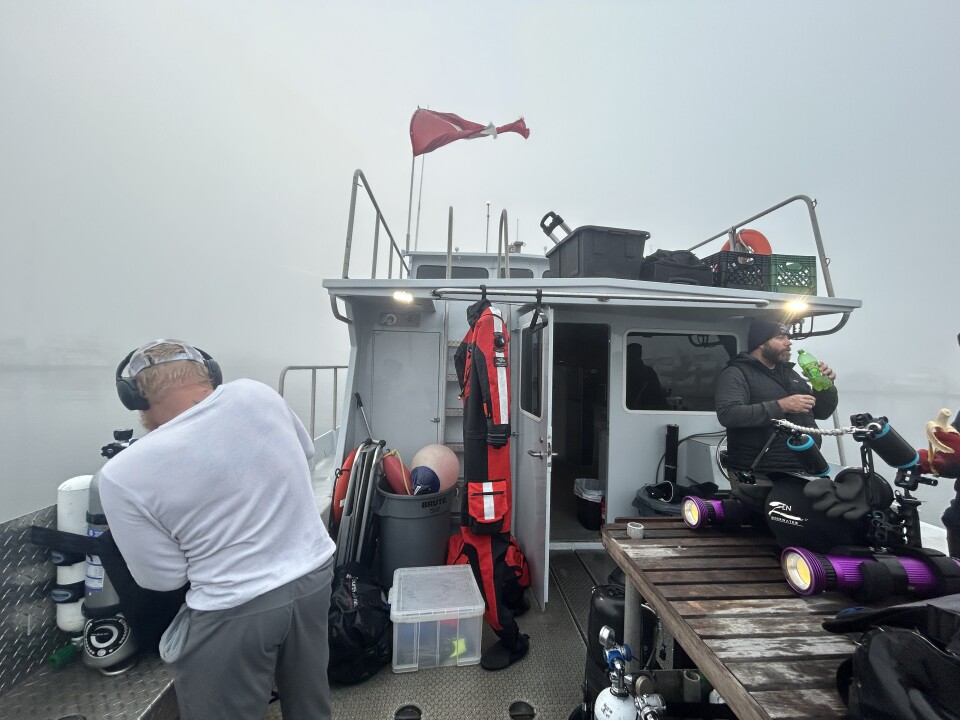
“It's immense. It's daunting,” Babor said of the problem of ocean pollution. As old as fishing itself, the problem has become a massive one to address.
Experts estimate ghost fishing gear makes up at least 10% of all the trash in the ocean. And these nets are often made out of plastic materials such as nylon, so they’re a major source of microplastic pollution too.

Diving for ghost nets
It takes about an hour to reach where we’ll anchor above the shipwreck. When we arrive, the divers suit up. It’s 190 feet down to the wreck.
Five divers will go down in timed intervals to prep more of the net to be recovered the next day. They’re all certified technical divers and volunteers and they have a variety of backgrounds — a scuba instructor, a marine biologist, tech security, an engineer, plus Babor, the musician.
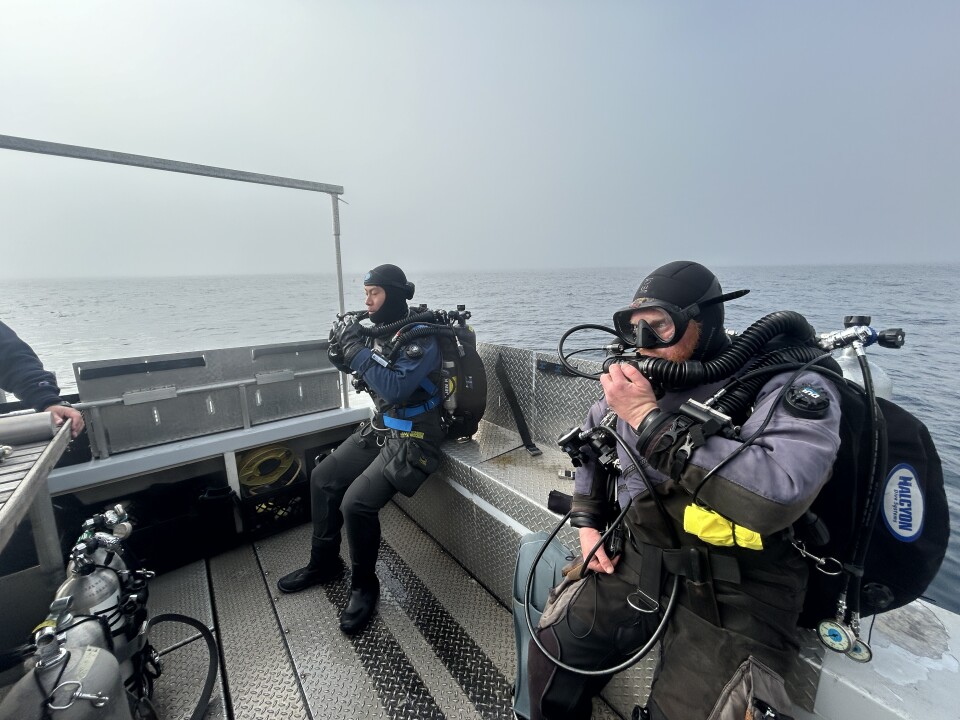
For us on the boat, it’s time to wait. We spot a sea lion leaping out of the water a couple dozen yards away — a reminder of why the divers are doing this work.
About two hours later, all the divers are back on board. Babor lugs himself and his 130 pounds of gear on deck.
“They photographed the lingcod that was down there caught in the net,” he said, unzipping his dry suit. A lingcod is a large fish native to these waters.

But with so much net gone now, the wreck itself looks pretty epic.
“The wreck is beautiful — with all the net that came up yesterday, you can really see the wreck now,” said David Watson, a local scuba diving instructor and volunteer with Ghost Diving USA.

What’s next
It’s time to head back — the crew has to keep a tight ship and they’re behind schedule. By the time we return, the fog has burned off, the sun is out and the water is blue and shimmering.
The net the team has pulled up so far has already been dropped off with their recycling partner, Aquafil. The company will clean and grind up the nets so it can be turned into something else — bracelets, swimwear, and even power tools and the interiors of luxury cars. An artist will use some of the net from this mission to create an exhibition raising awareness about the problem of ghost nets.
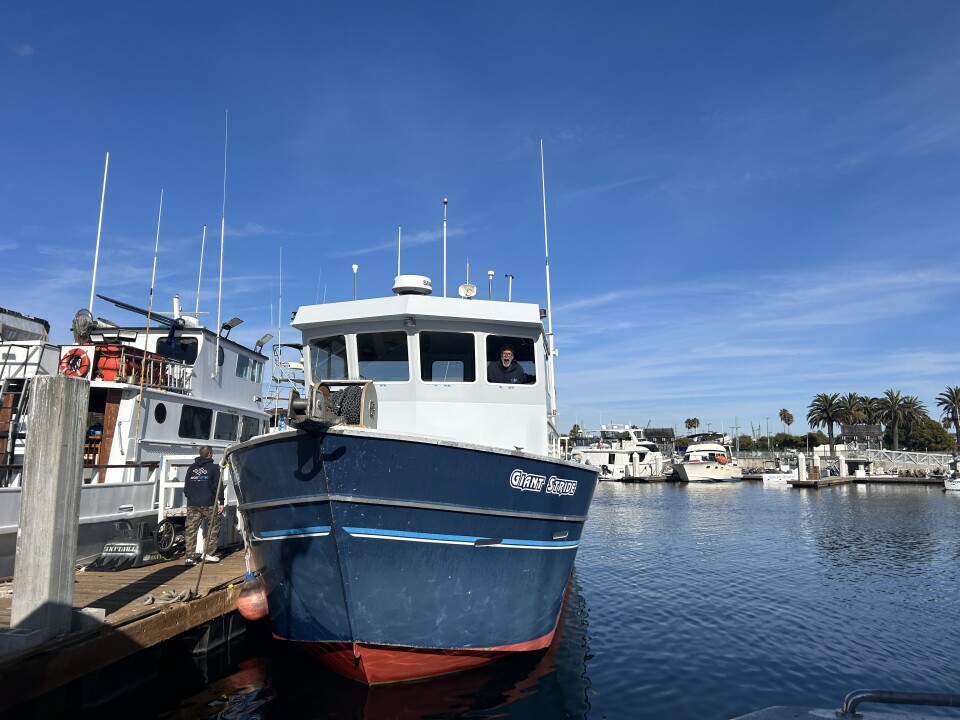
There’s still a lot more work to be done, Babor said. They’ve been working to clean this wreck for a year-and-a-half now and it’ll likely be a few years more. They’re working to partner with commercial fishers to expand their ghost net removal work — something that’s been in the works since the early 2000s through a program at UC Davis.
“ I feel like I'm giving something back to the environment that I love so much,” Babor said. “When you see the devastation that the nets do down there, killing fish and birds and seals and dolphins….You get the nets out, it's an immediate effect. That's the reason I do it.”











